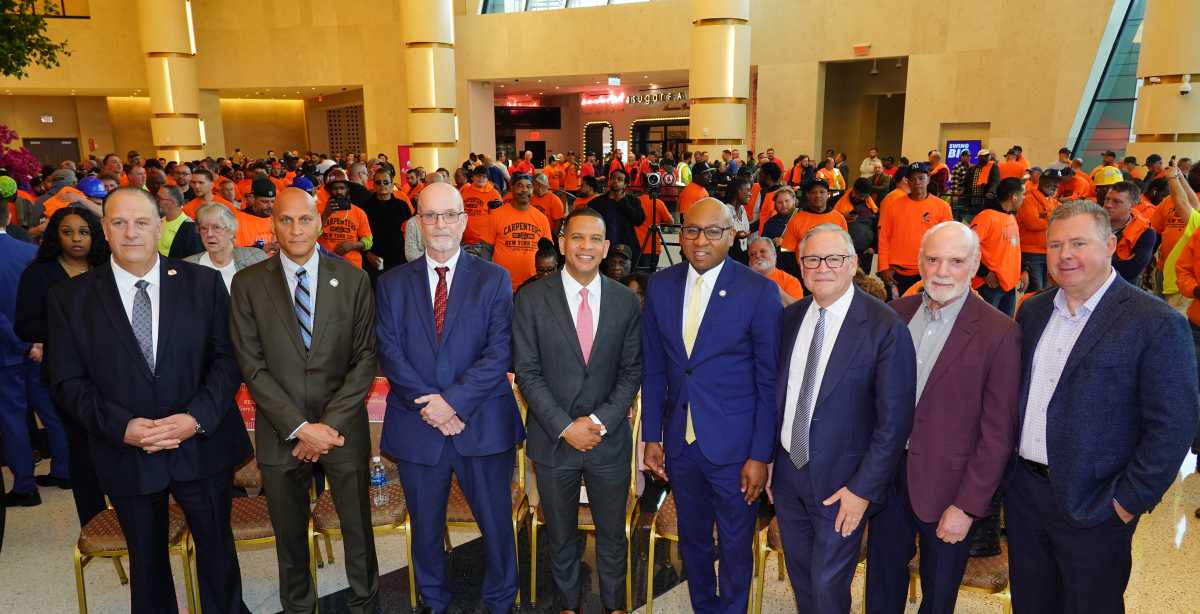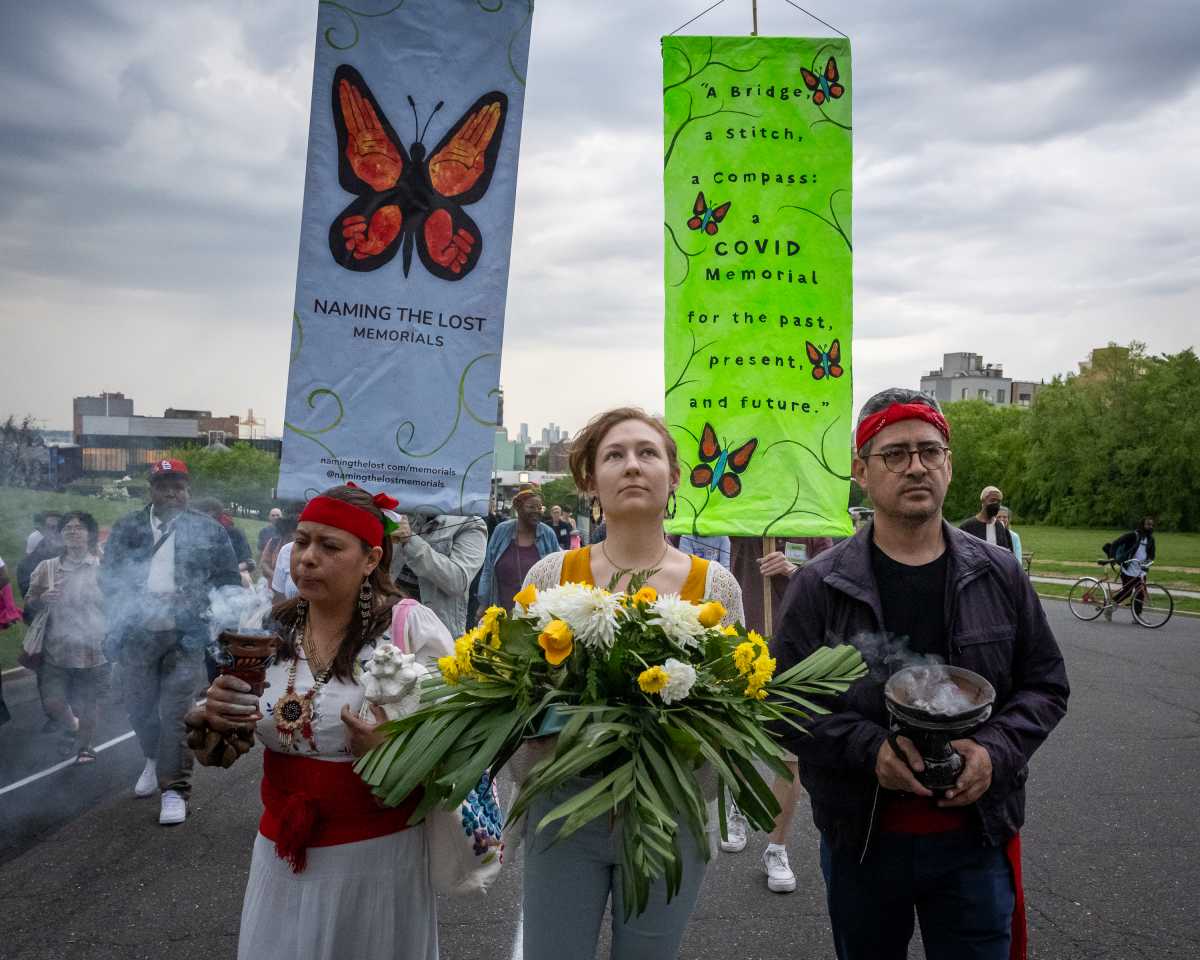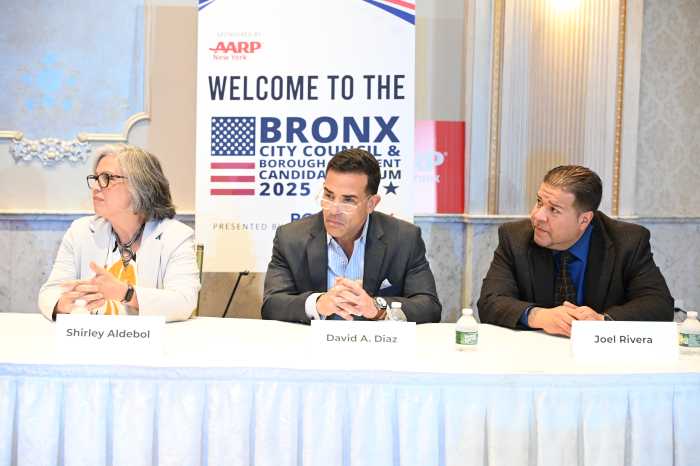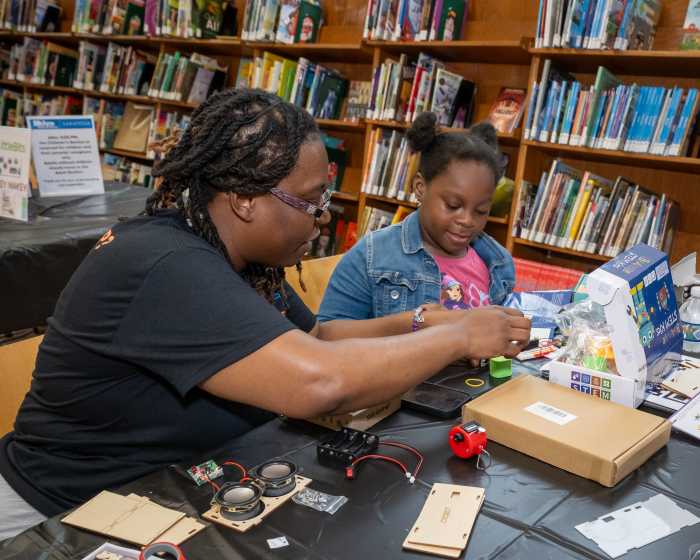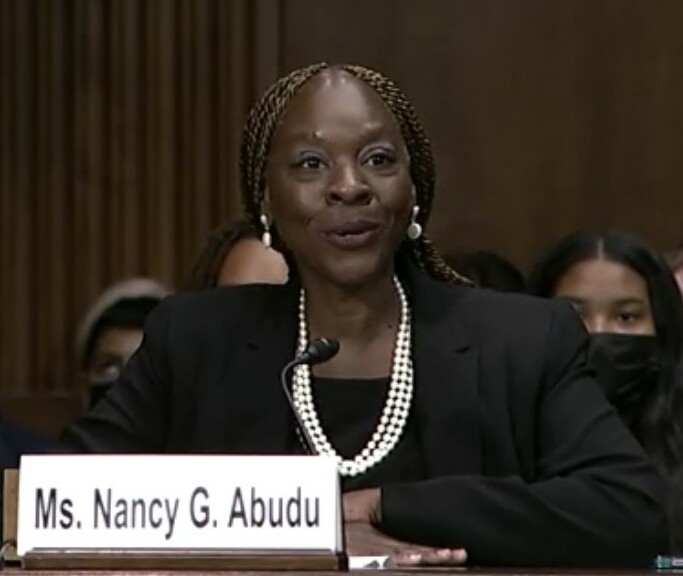When Staten Island’s top administrative judge Raymond L. Rodriguez was growing up in Midland Beach in a blue-collar, Puerto Rican household, the world of the legal profession might as well have been “Mars.”
“This world, I had no idea what it was about,” Rodriguez said, “because my family was just working class people.”
He recalled a formative memory from when he was young and his parents met with the family lawyer to buy their house, making sure he was dressed in a suit because, “we’re going to see someone important — which he was.”
That impression stuck with him. Flash forward to late 2024, and Rodriguez was appointed Staten Island’s top judge, the administrative leader of its criminal and civil supreme courts. It’s one of a series of notable firsts in his career. In 2013, Rodriguez became the first Latino judge ever to be appointed to the bench in Staten Island.
But to get to his present position, Rodriguez said that he had to leave the insularity of Staten Island legal sphere to learn about other parts of the court system. After a detour to sitting on the bench in Brooklyn criminal court, his new post has completed his odyssey back to his home borough.
Taking the lessons and connections that he made during his stint in Brooklyn, Rodriguez said his vision is to build Staten Island’s courts into a “model for 21st Century Justice.” His ambitions are not limited to his administrative job. He’s running in an election to become Justice of Richmond County Supreme Court which he would serve concurrently with his managerial job.
To Rodriguez, a new era of courts on Staten Island means a restructured system with the latest technology to address shortages of court space and case backlogs.
“I’ve always been somebody that likes to build things,” he told amNY Law.
But aside from his master plans, part of the reason Rodrguez thinks that Chief Judge Rowan Wilson and Chief Administrative Judge Joseph Zayas selected him is that he knows Staten Island. His legal career started in the Staten Island District Attorney’s office in the 90s.
“If you’re going to administer a group of judges, then you have to have experience if they come to you with questions,” he said.
Ties that bind
Rodriguez’s roots in the borough of parks run deep. His maternal grandmother came to Midland Beach from Puerto Rico in the late 1940s as a single mother leaving a troubled marriage looking to create a new life for her family as a seamstress. On his dad’s side, his grandfather came to the Bronx without speaking English and worked in a factory on Long Island to save money and bring the rest of his family over. Both sets of grandparents ended up in Staten Island when Rodriguez was growing up.
“Imagine living a life and you know you’re never going to get ahead. That all the things that you do is only going to benefit somebody in the future,” Rodriguez recalled telling his teenage son recently. “I go, ‘You’ve got to put that in perspective, that we can’t squander that.’ From a seamstress and a factory worker now to administrative judge of Staten Island, and the only way I would’ve been able to accomplish that is through their sacrifice.”
Once Rodriguez graduated college and law school, he served as an assistant district attorney under District Attorney William L. Murphy as well as District Attorney Daniel M. Donovan — working initially in Staten Island Criminal Court before being promoted to the Supreme Court Bureau. He then went on to set up a solo practice in Staten Island for 10 years specializing in civil and criminal litigation before being appointed by Mayor Bloomberg to the bench.
So when he took over as administrative judge, he immediately capitalized on his relationships to sit down with the District Attorney Michael McMahon, whom he’s known for around 30 years, the Legal Aid Society and all the bar associations to ask for input on the strengths and weaknesses of the courts.
He described his approach as a fusion between injecting new ideas and relying on experienced people. One example he gave was changing the jury selection process in Staten Island.
Before his time, the civil court had a clerk who handled how cases would be sent out for trial and settled. Rodriguez set up a new jury selection part – taking an idea he gleaned from Brooklyn —and put it under the control of one of the borough’s most “respected judges,” the district attorney’s wife, Judge Judith McMahon.
The new process has so far been successful in chipping away at the backlog of jury trials. “We are on pace to probably do 30 to 40% more civil trials than the prior year,” Rodriguez said.
He also worked closely with the Staten Island County Clerk Steven Fiala to make sure that they had enough jurors to expand this capacity.
“We’ve been on commissions together, and that was the first person I had a meeting with. I was like, ‘Steve, we are going to ramp up the trials and we need to work hand in hand, be synchronized,” Rodriguez said. “He was like, ‘We will make sure that you have those jurors.’”

To Brooklyn and back
Knowing he had the ambition to one day be an administrative judge, he developed his ideas and style from asking a lot of questions of his supervisors during his time as a judge in Brooklyn.
One change that stands out is the first-ever virtual criminal court platform to Staten Island. As a member of the court system’s Court Modernization Action Committee, Rodriguez first got involved in the pilot in Brooklyn, but insisted he take it with him to Staten Island after he got the appointment.
The software, he said, will allow criminal courts to closely replicate the functions of a physical courtroom where lawyers and judges can virtually enter private spaces for settlements or to hold attorney-client conferences. Since the pandemic, some court functions have been funneled onto Microsoft Teams, which has some glitches. Rodriguez hopes the platform will make the court more accessible to Staten Islanders.
The other expansion that Rodriguez wants to see is the proposed Staten Island Community Justice Center, a community-based diversion and service model that exists in every other borough. The city has already put millions into the revitalization of a former Staten Island criminal court building for the center, but Rodriguez said it would likely take years to open based on where it is in the planning stages.
Rodriguez credited DA McMahon as a driving force behind this project, which would bring a more progressive form of problem-solving justice to a politically conservative borough.
He compared himself to McMahon in that he’s a Staten Island lifer — Rodriguez lives with his family in West Brighton — but “we’ve been outside of Staten Island” — an experience that he thinks will help him marshall resources to expand the courts’ services.
Some issues just require creative thinking to solve, not funding, he said. The modernist Supreme Court building at 26 Central Avenue, which opened in 2015, is undergoing structural renovations, causing shortages of courtrooms in Family Court. Specifically Rodriguez’s fix involves close coordination for a space-sharing arrangement between the building’s judges.
“It’s just looking at pragmatic ways to solve these issues,” he said.
Another initiative that Rodriguez has spearheaded is more personal. He said he’s been going to Staten Island’s schools to talk with students about the court system. The trips are aimed at giving them a sense of career options and educating them about how the judicial branch operates — an experience he never had growing up.
“I think I’m doing that. It gives the courts more legitimacy, and the outcomes that we deliver. They may not agree obviously with all of our decisions, but at least they understand how the process (works) to make those decisions,” he said.
But the effort to meet more Staten Islanders is not just about civic education but speaking to people from immigrant backgrounds like his and diversifying the courts, he said. When he became the first judge appointed to the bench in Staten Island, he didn’t just see it as a benchmark for Latinos, but a “win for everyone.”
Between its Albanian, Chinese, Sri Lankan and Liberian populations, to name a few, Staten Island is a very diverse place, Rodriguez said.
“Those doors…may have not been open in the past, but I’m ensuring that they’re open for everyone,” Rodriguez said. “And I think that if there’s a meaning behind what I’m trying to do with my life, both personally and professionally, is really just to empower people of every group.”















